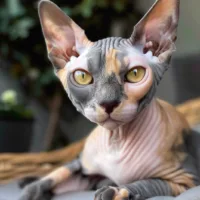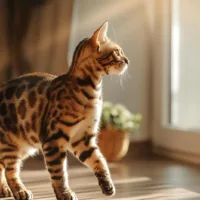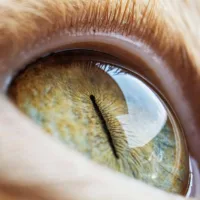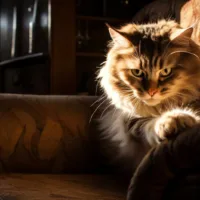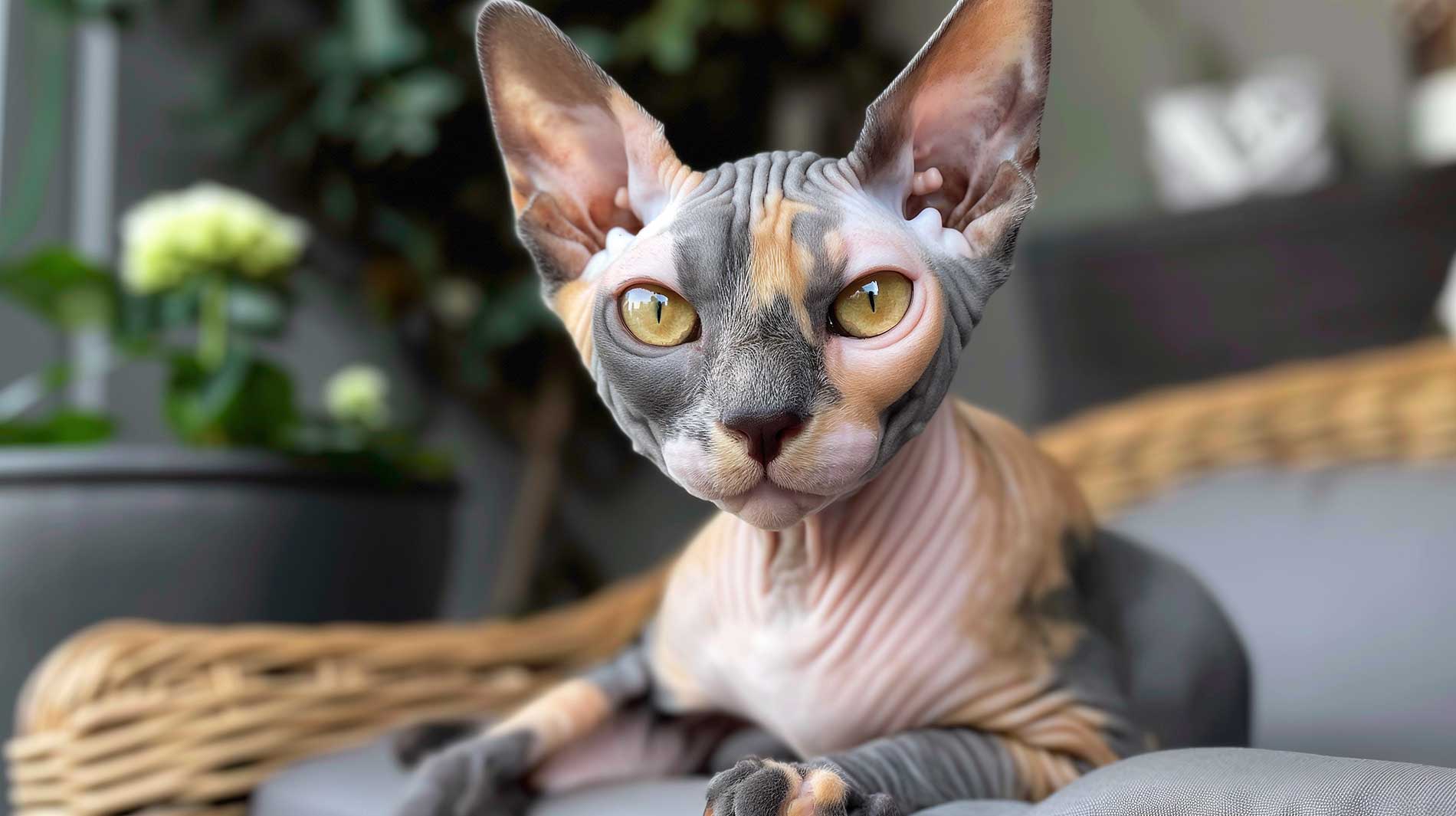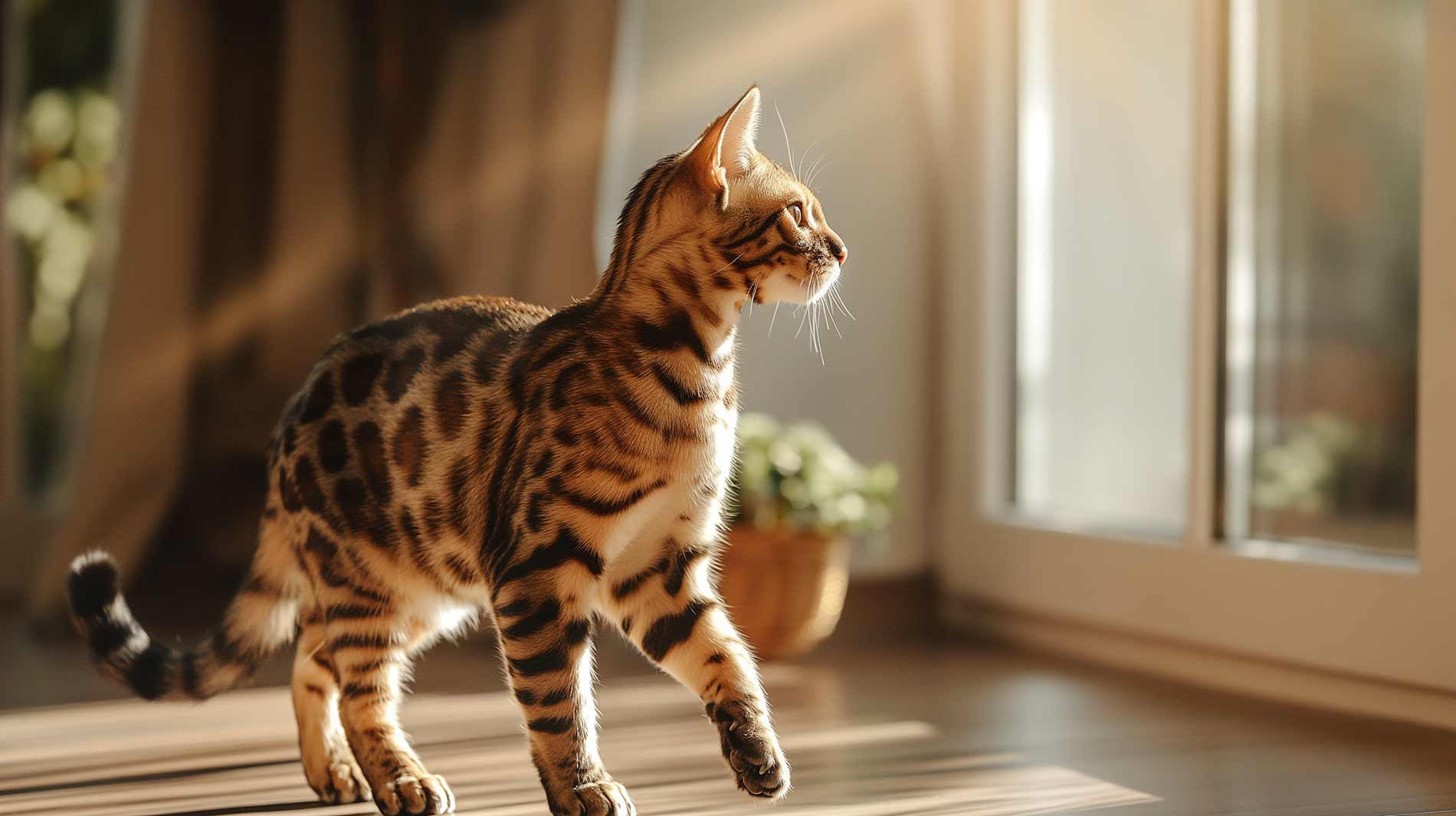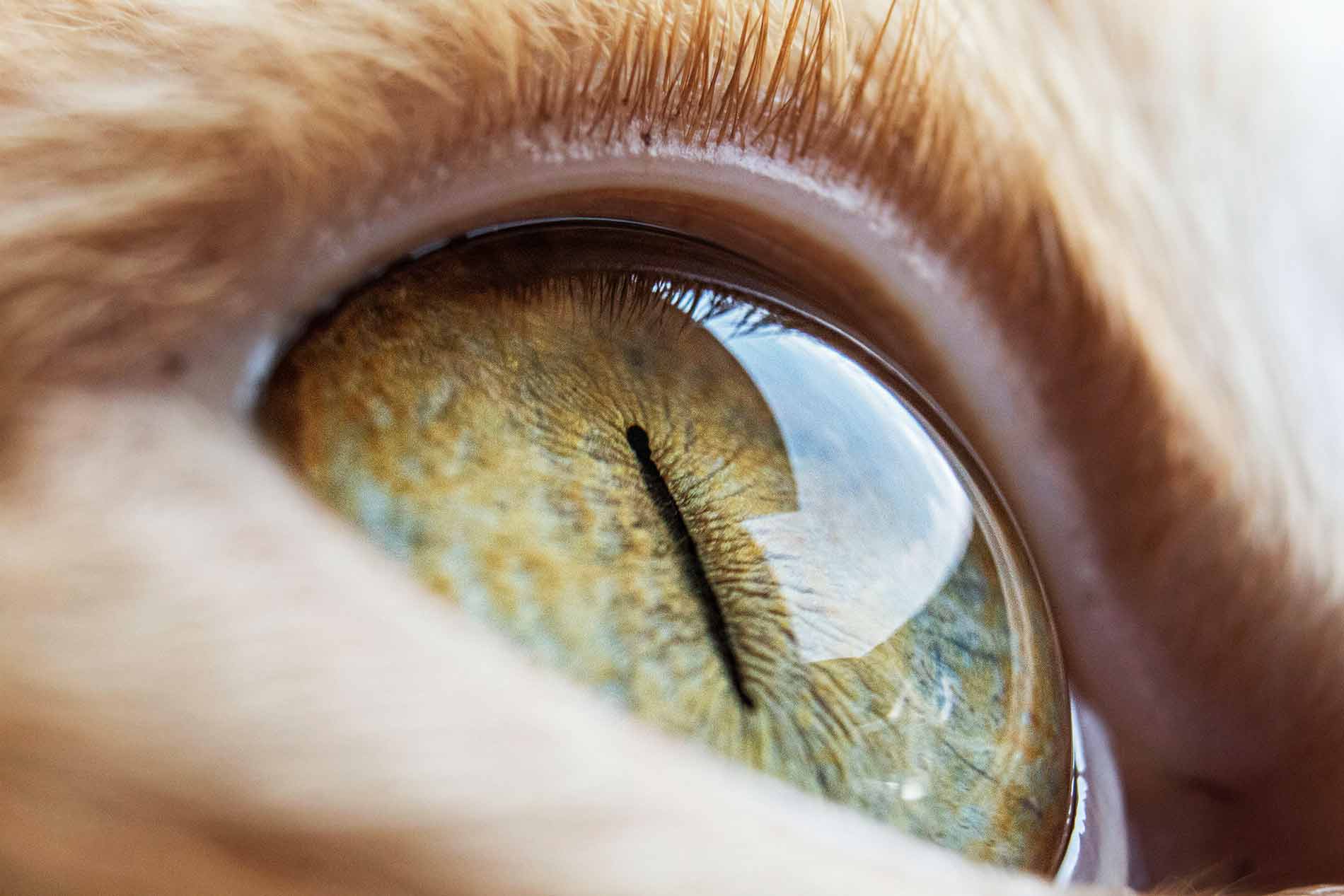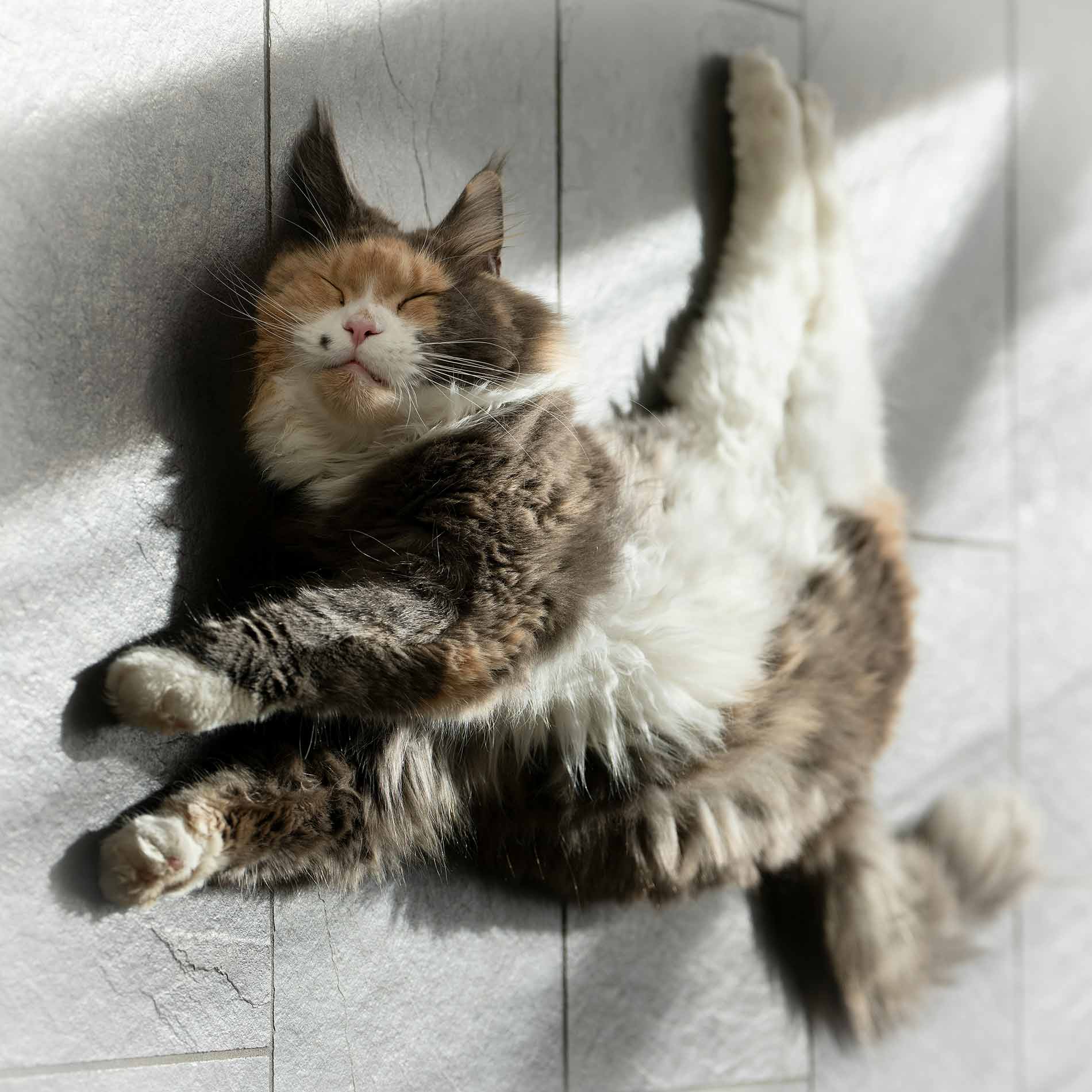These cute long hairs in your cat’s face aren’t merely decorative; they’re specialized sensory tools known scientifically as vibrissae, derived from the Latin word vibrare. The English word whisker has been in use since ca. 1600, meaning a hair of a beard.1
Why do cats have whiskers?
Cats use their whiskers to detect changes in their environment and sense nearby objects. They also help to navigate through tight spaces without visual assistance, as cats use them to measure the width of openings before deciding to slip through. These skills are particularly important for finding your way in the dark. For this and upon closer inspection of your furry friend, you’ll see that their whiskers are usually as wide as their bodies (except hairless or curly breeds). The world record of whooping 7.5 inches is held by Missi, a Maine Coon cat from Finland.2
Structure and looks of whiskers in cats
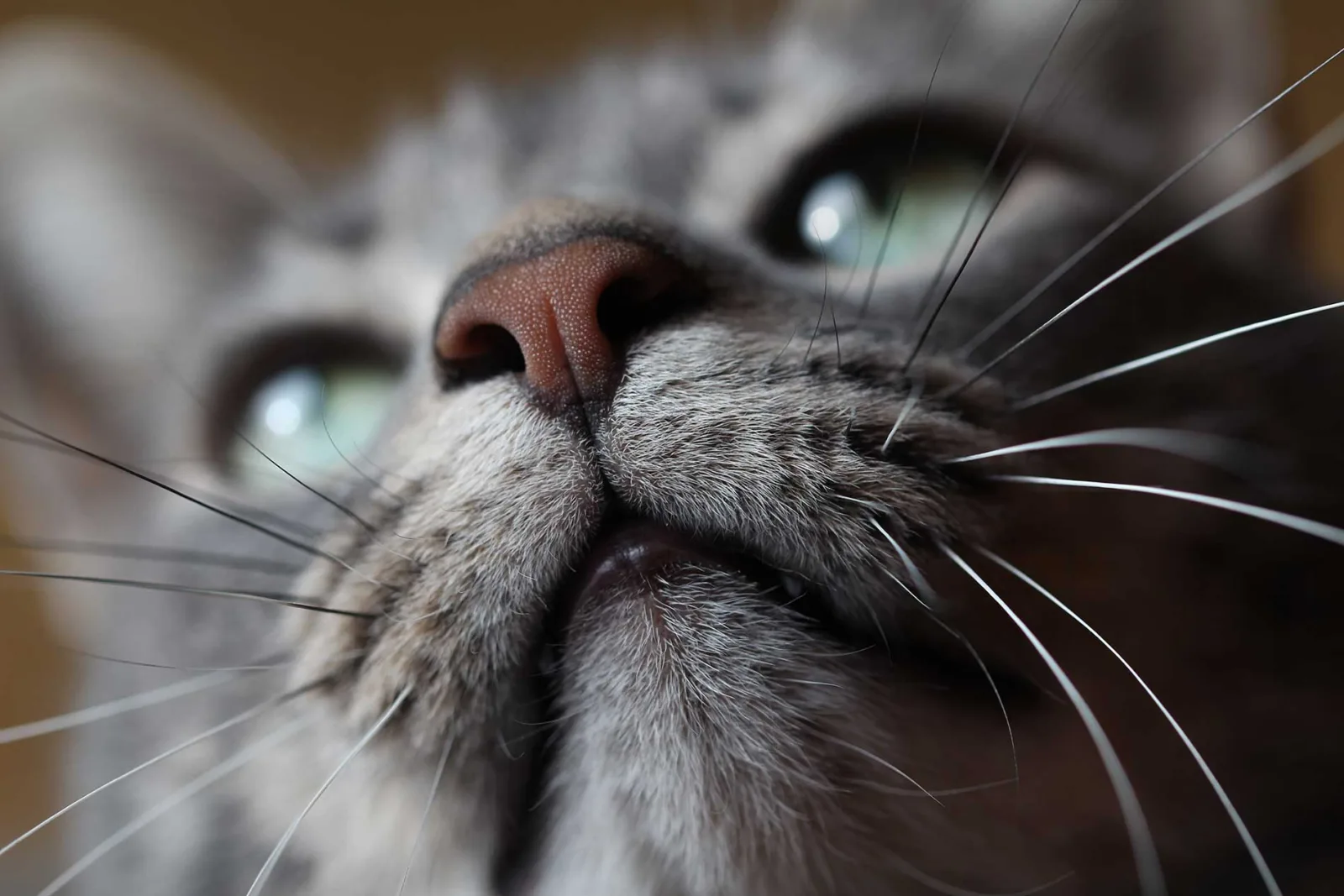
Unlike regular hair, these are thicker, stiffer, and more deeply rooted. They are deeply embedded in the cat’s skin and are connected to a muscular and nervous system which makes them the powerful sensory organs that they are. This anatomical structure allows them to detect even the subtlest disturbances in the air. Each one is tuned to detect vibrations in the environment and helps cats to determine the position of prey and recognize imminent danger.
That’s another reason to keep your cat slim – so they don’t get stuck!
Dr Leonie Richards, head of general practice at the University of Melbourne’s U-Vet Veterinary Hospital 7
What colors do cat whiskers have, and are there only white ones?
Cat vibrissae can vary in color, often matching or complementing the primary fur color of the cat. While white ones are common and may be the most noticeable, especially on darker cats, they can also be black, gray, or even a mix of those, depending on the individual cat’s genetics. The color can change as the cat ages, with some hairs turning gray or white.
How many whiskers do cats have and where are they?
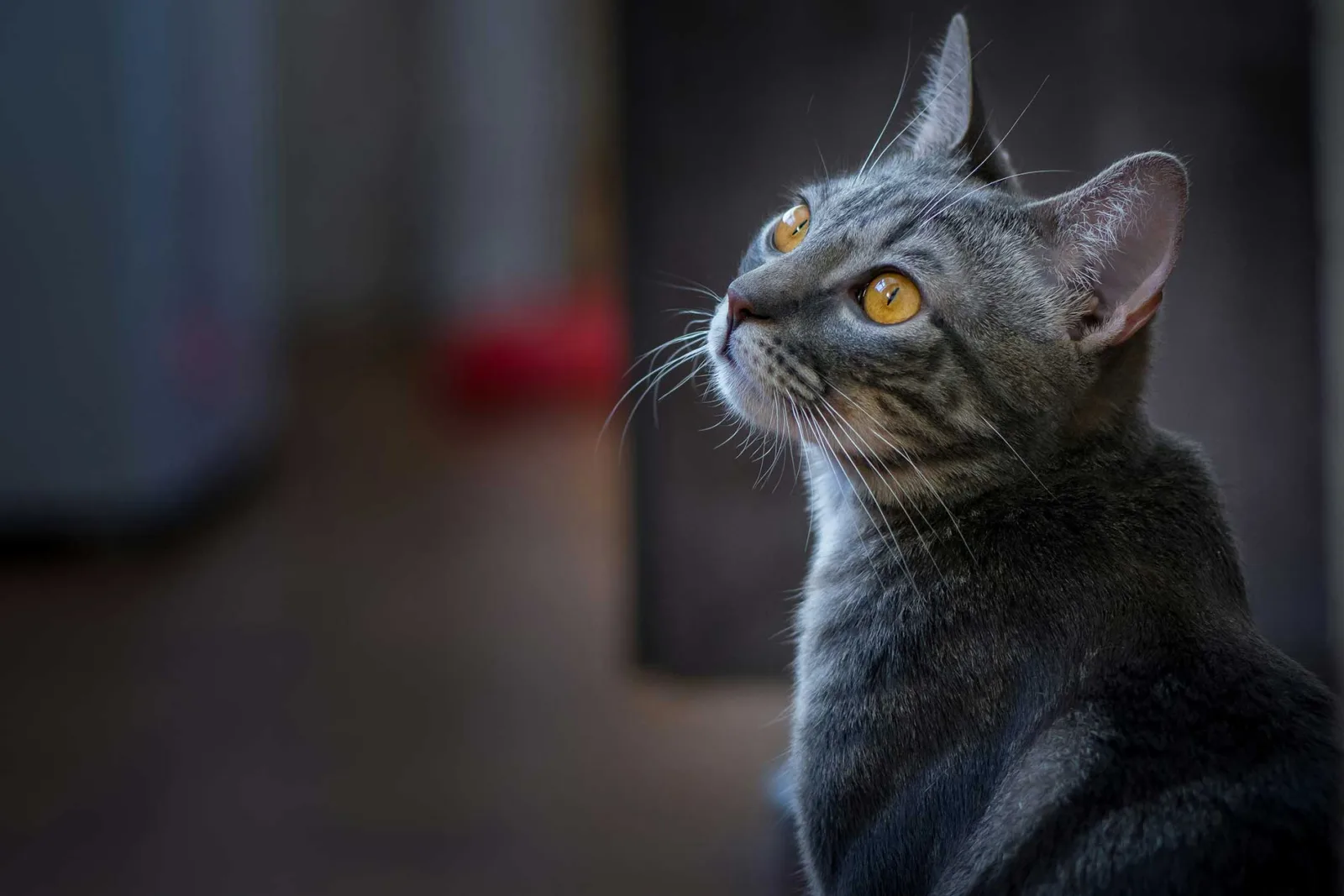
- Muzzle: Cats boast an impressive array of these hairs, with 24 mystacial whiskers on the muzzle, 12 on each side, arranged in rows of four, serving as vital sensory tools for navigating the environment.
- Above the eyes: Additional whiskers can be found above the eyes, situated around the area akin to where humans have eyebrows, aiding in spatial awareness and depth perception.
- Chin: Descending further, you’ll discover a cluster of tiny whiskers adorning their chin. While perhaps less prominent, these play an essential role in aiding cats’ exploration and interaction with their immediate surroundings.
- Back of the legs: And finally, they even adorn the back of their legs! Yes, you read that right. They’re called carpal whiskers and provide them with information when holding prey. They need this because they can’t see well up close.3
Whiskers and cat health
A study from 2023 found a significant correlation between the presence of wavy whiskers (WW) and FeLV antigen positivity in the blood. Of the cats with WW, 89.3% were positive for FeLV. The whiskers showed narrowing, degeneration, and tearing of the innermost part of the hair, known as the medulla. This suggests that WW can be a visible external sign potentially indicating FeLV infection in cats.4
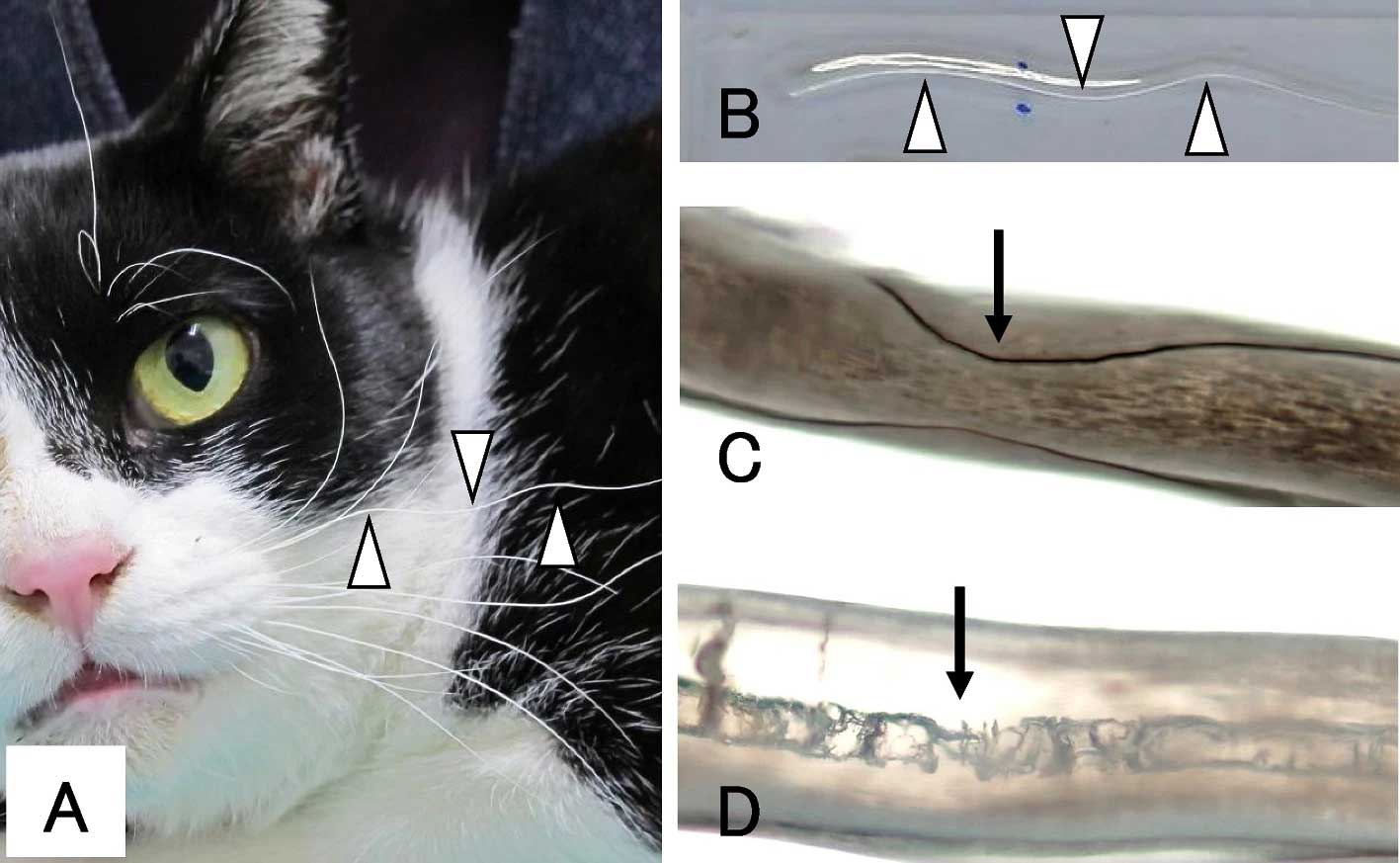
What is whisker stress or whisker fatigue?
You may have heard about switching to flat plates for your cat to alleviate so-called whisker fatigue or whisker stress when using a bowl. There is rumor which suggests that cats may experience discomfort when their sensitive whiskers continuously touch the sides of a bowl while eating. Some believe that this overstimulation can cause distress for cats.
There’s no scientific evidence for whisker stress
However, there isn’t concrete evidence supporting this claim, and it’s possible it’s just a marketing ploy to sell more plates.4 Cats frequently touch their own whiskers while eating from the floor, a behavior observed in nature. They groom them and enjoy being scratched around their face. For a bowl to significantly compress them in an uncomfortable manner, it would need to be exceptionally deep and rounded. When cats become stressed, they may seek refuge in tight spaces, which can again lead to constant contact with their whiskers. It’s rather unlikely that healthy cats have big issues with any of those. But if you’re unsure which bowl to pick for your fluffball, we offer an article featuring expert opinions on the best bowl design for your cat.
Vibrissae and nutrition
You won’t believe it, but scientists are able to tell what cats had for dinner just because of these hairs. Cats’ whiskers absorb stable isotopes (specific elements that don’t decay over time) from their food as they grow. Scientists can measure the ratios of isotopes in a cat’s whiskers to better understand their diet. In particular, analyzing nitrogen isotopes in the whiskers can reveal the proportion of wild animals versus food from owners in a cat’s diet. Higher levels of specific nitrogen isotopes suggest a diet richer in wild animals, helping researchers gain insight into a cat’s eating habits over time.6
Whiskers and emotions in cats
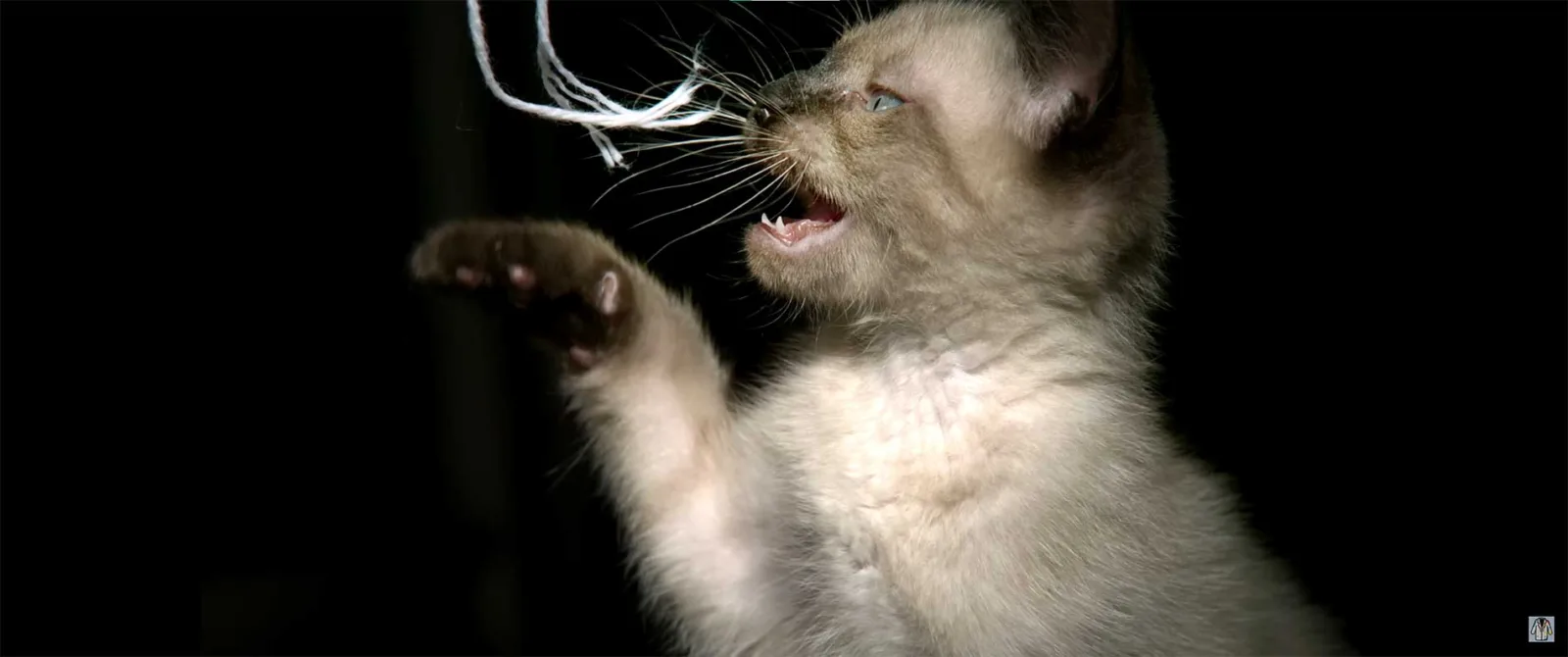
The alignment of the whiskers adapts to the cat’s feelings – hanging relaxed at the sides, the cat is usually neutral to curious. When pointing forward, that usually means a cat goes into attack mode. This can happen in play or in hunt and is usually seen right before a pounce towards prey or a toy. This forward positioning prepares the cat to make precise movements. If whiskers are pulled back against the face or stand errected to the sides, this signals fear or aggression.7
The growth cycle of whiskers or do cats shed whiskers?
Yes, they do. Sometimes you’ll be able to find a complete tactile hair at the place your cat shed it, but worry not, this is totally normal. Only if it becomes frequent or you see whiskers getting wavy or break often, you should go ot a vet checkup.
We hope you enjoyed these facts about the important sensory helper of our beloved four legged friends. Found something cool? Don’t forget to share it with your friends.
